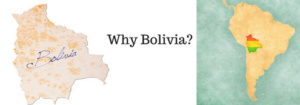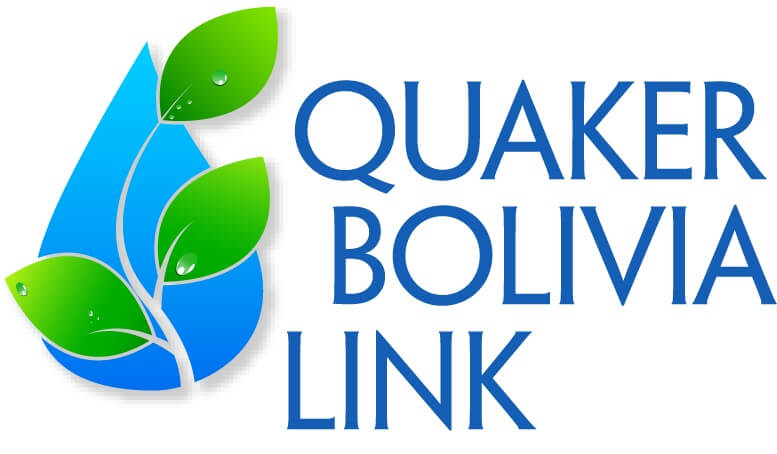
Bolivia’s income inequality persists in spite of general human development improvements in the past decade. Still, 45% of the population lives below the poverty line. Bolivia has one of the highest indigenous (66.2%) and rural populations (31.5%) of the continent based on The United Nations Economic Commission for Latin America and the Caribbean, known as ECLAC, UNECLAC or in Spanish CEPAL.Indigenous face many obstacles including poor soil, a short growing season and a lack of safe water for drinking and irrigation. There is widespread malnutrition.
According to the World Food Project, 59% of rural populations have insufficient income to meet basic nutritional needs. Nearly 25% of households with children under age five lack access to clean water. This contributes to a high infant mortality rate: 29.7 infant deaths per 1,000 live births in Bolivia compared to 3.8 infant deaths per 1,000 live births in the UK (UN). Furthermore, almost five million Bolivians lack access to sewage systems and faecal waste disposal.
